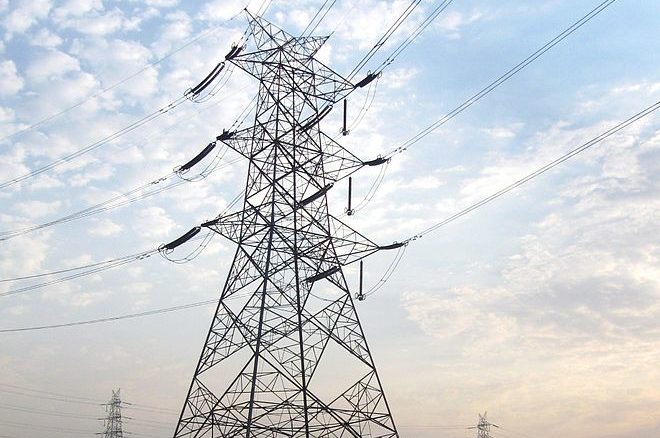Prime Minister Narendra Modi’s vision of making India a $5 trillion economy will require an estimated investment of Rs 5 trillion in the transmission sector over the next few years.
The country will be consuming 1.8 trillion units of electricity by 2025 as its growth trajectory accelerates. Further, it will add 500 GW of renewable energy to the grid by 2030.
For the transmission sector, this would mean significant jump through huge investments, particularly at the state level.
The Confederation of Indian Industry (CII) has worked on a white paper—titled “New Age Power Systems: For 21st Century India Challenges, Solutions and Opportunities”—that seeks to draw up a blueprint for the government’ vision of ‘power for all’ and electric mobility.
“There is a need to recalibrate our power systems in line with the changing energy scenario. With more than 90% of the capacity addition in the renewable sector, there is a need to make transmission grids more suited to handle the intermittent power while adhering to the challenges of urbanization and paucity of land,” Rajiv Ranjan Mishra, co-chairman of CII National Committee of Power, and Managing Director, CLP India, said after the report was released.
CII had earlier shared a copy of the report with the Ministry of Power.
Key recommendations
CII’s 8-point agenda for a robust transmission system includes recommendations on planning, operations and costs to name a few.
The major recommendations include an urgent need to upgrade capacities within the existing infrastructure, clearly distinguishing the role of the central transmission utility from the functions of the developer, redefining the scope of planning for the center which should be based on the capacity of the transmission line instead of the geography where the same is located, and finally the need to bring in competition and move away from the cost-plus approach or regulated tariff mechanisms.
The creation of an independent Central Transmission Utility completely distinct from any developer will ensure a transparent planning and development and operation process and encourage private investments. Also in a bid to ensure efficiency of costs and better consumer prices, the report has called for competitive award of transmission projects.
The report illustrates that competitive bids have ensured tariff reductions by almost 30% compared to projects awarded on a nomination basis that follow a cost-plus approach.
“This becomes a huge differentiator in the renewable sector. As opposed to a transmission cost of 7-8%, the same cost per unit in renewables goes up substantially as operational efficiencies in the renewable sector are far lower,” said Pratik Aggarwal, Chairman of CII’s Core Group on Transmission and the Group CEO of Sterlite Power Transmission.
“Transmission is the backbone of the power sector and has a significant role to play in enabling government’s vision of 24×7 Power for All, and meeting our renewable energy targets as part of global climate change commitments,” he added.
This content is protected by copyright and may not be reused. If you want to cooperate with us and would like to reuse some of our content, please contact: editors@pv-magazine.com.









By submitting this form you agree to pv magazine using your data for the purposes of publishing your comment.
Your personal data will only be disclosed or otherwise transmitted to third parties for the purposes of spam filtering or if this is necessary for technical maintenance of the website. Any other transfer to third parties will not take place unless this is justified on the basis of applicable data protection regulations or if pv magazine is legally obliged to do so.
You may revoke this consent at any time with effect for the future, in which case your personal data will be deleted immediately. Otherwise, your data will be deleted if pv magazine has processed your request or the purpose of data storage is fulfilled.
Further information on data privacy can be found in our Data Protection Policy.